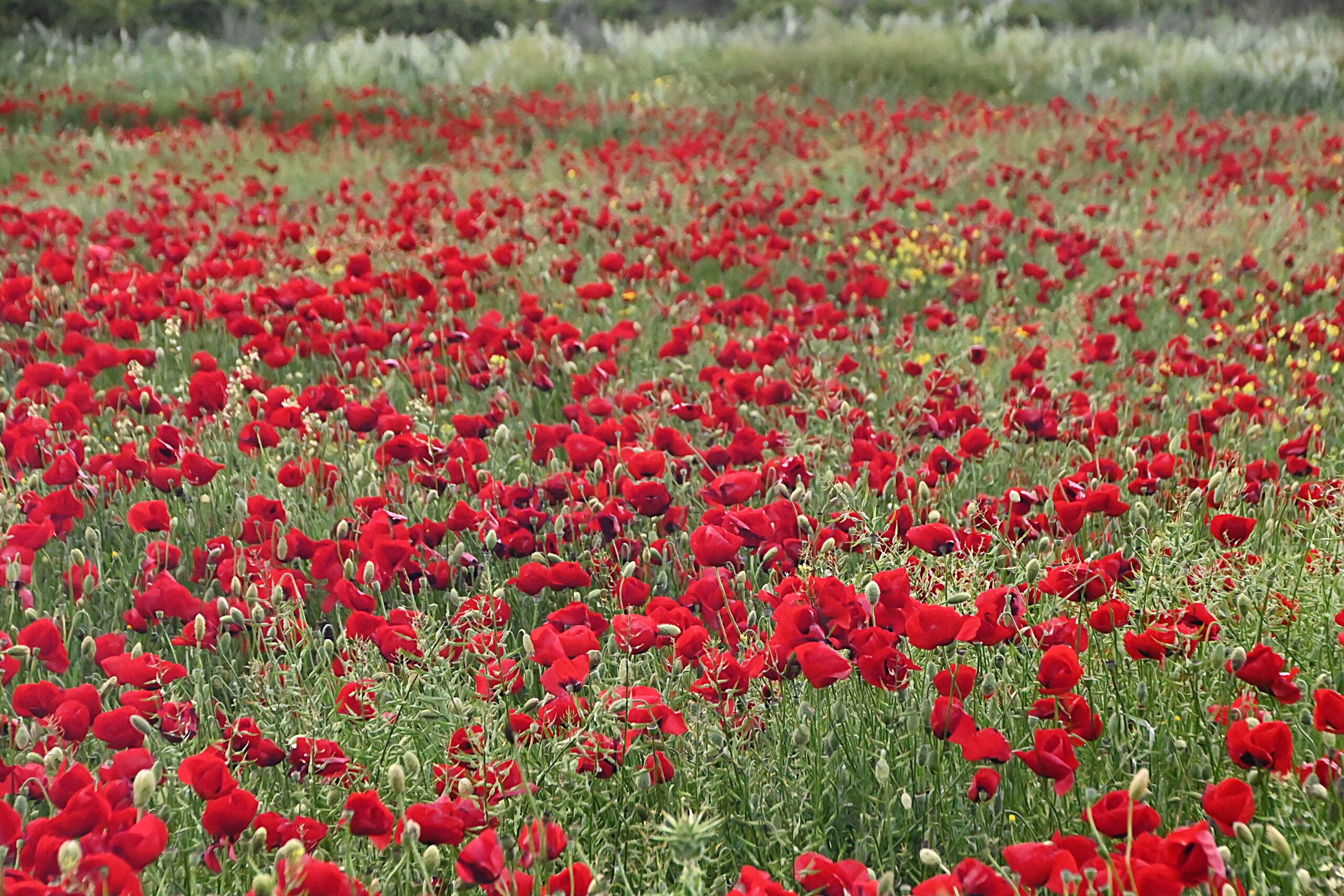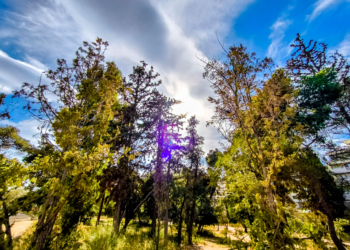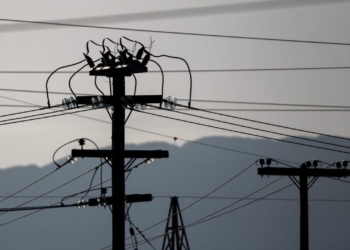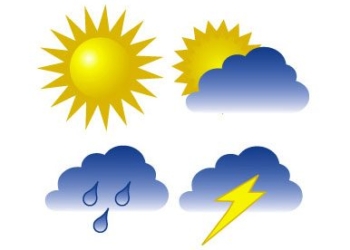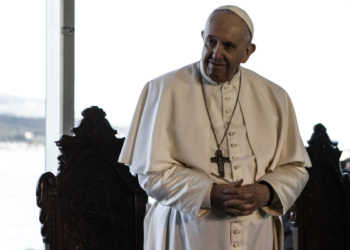May 1st, now widely recognized as International Workers’ Day, has far older and deeper roots, intimately tied to the arrival of spring and the rebirth of nature.
May Day: What We Eat, the Customs of the Day, and the Meaning of the May Stick
It’s May Day today, and the weather sometimes plays tricks, canceling planned picnics. As for what to eat on May Day, there are no strict rules. Some opt for meat dishes, while others prefer a light picnic in a park or by the sea, often enjoying seafood and seasonal snacks.
Although today it’s most associated with labor movements, May 1st began as a celebration of life, fertility, and the awakening of the earth. Long before it acquired political significance, it marked the renewal of nature and agricultural abundance.
May Day in Antiquity
Festivals celebrating nature and spring were central in many ancient civilizations. In ancient Greece, May Day was linked to the Eleusinian and Anthesteria mysteries. These rites celebrated the return of Persephone from the Underworld—a symbolic moment reflecting nature’s awakening and the start of the harvest season. Though these festivals were mostly held in March, their symbolic connection to modern May Day is evident.
The Romans honored May with festivals dedicated to Flora, the goddess of flowers. Their “Floralia,” filled with theatrical shows and feasts, symbolized the blooming of life. Similarly, Celtic and Germanic peoples celebrated spring with bonfires meant to ward off evil spirits and protect the crops.
Christian Influence on May Day
By the 18th century, the Catholic Church had absorbed the springtime celebrations, dedicating May to the Virgin Mary. In many parts of Europe, it remains customary to decorate her icons and statues with flower garlands.
Greek May Day and Its Traditions
In Greece, May Day likely became a nature celebration during the era of Frankish rule. Since then, customs have evolved and survived. The most prominent tradition is the “May wreath” (stefani), made from flexible branches such as willow, cornelian cherry, or grapevines, and decorated with seasonal flowers. A garlic bulb is often added for protection against the evil eye, along with a thorn to ward off enemies.
The wreath is hung on the front door of homes and remains there until June 23rd, the eve of the feast of Saint John the Baptist. On that day, it is burned in bonfires—an ancient purifying ritual linked to the summer solstice.
May Day in Corfu: The “May Stick”
Corfu preserves a unique custom influenced by Venetian and Italian traditions: the May Stick (maióxilo). This is a decorated cypress trunk, adorned with daisies, paraded through villages to the sound of traditional songs. Similar traditions exist across Europe, such as the Maypole, symbolizing the joy and energy of springtime.
Make Your Own May Day Wreath
Creating a wreath is a wonderful opportunity to connect with nature and tradition. With a few flexible branches or wire, some string, and wildflowers you gather yourself, you can make a unique and personal wreath. For a traditional touch, don’t forget to include a protective plant like garlic or nettle.
A Celebration Without Religious Origins—but Deeply Symbolic
May Day is one of the few non-religious holidays still celebrated today. Yet it carries ancient meanings, linked to fertility, abundance, and life’s renewal.
Spending time in nature, picking flowers, dancing, and singing—these are customs shared by many European cultures, proving that the human desire to stay connected to the cycles of nature is timeless. From Sweden and Germany to Greece, May is a month of hope and celebration.


